
Before this degenerates into an edition of “cranky bass writer,” here are 10 bass words that are critical to any angler’s vocabulary â listed alphabetically.
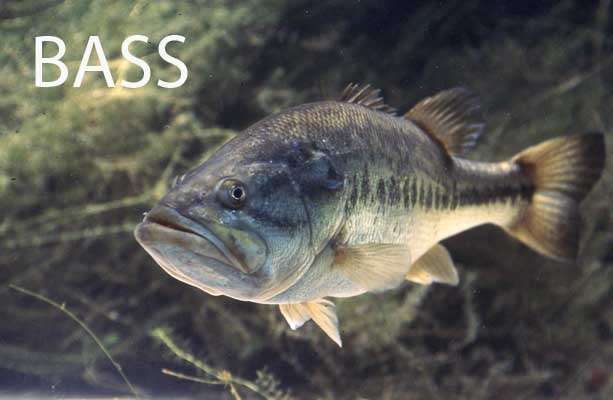

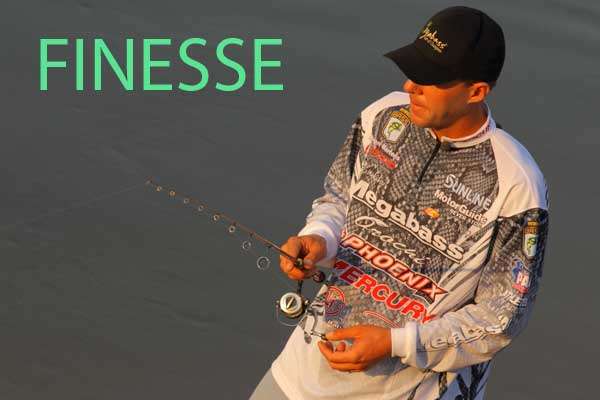

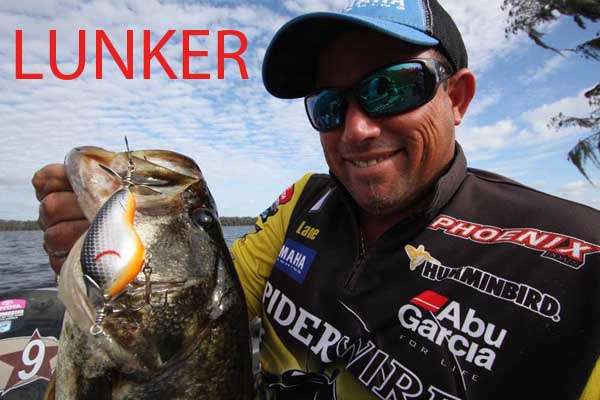

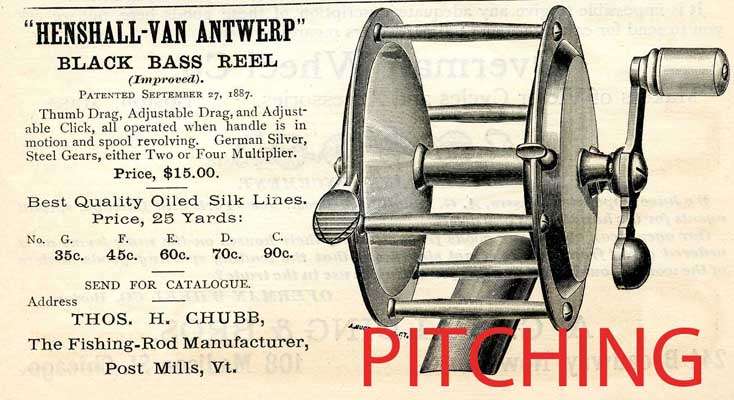
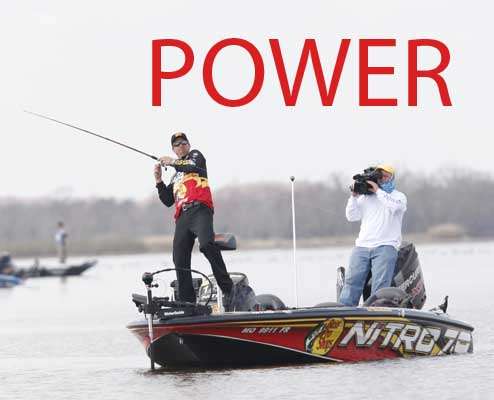

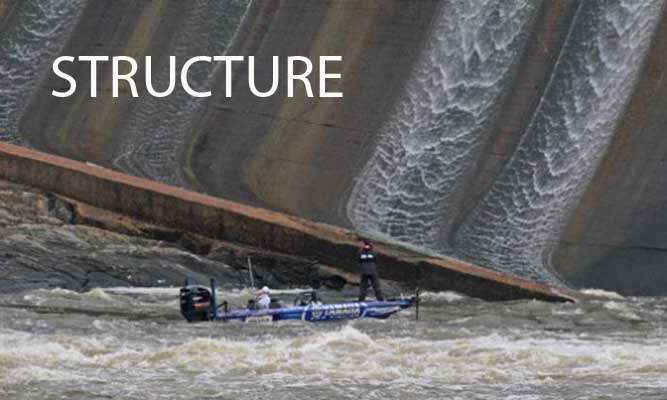

Please enter your details.
We cannot find an active B.A.S.S. Membership for the information you have provided. Please renew your membership here.We cannot find an active B.A.S.S. Membership for the information you have provided. Please try again.Scheduled maintenance. We'll be back shortly. If you continue to have trouble please contact customer service at 877-BASS-USA.
This Ken's 10 is all about the special language spoken by bass anglers.

Before this degenerates into an edition of “cranky bass writer,” here are 10 bass words that are critical to any angler’s vocabulary â listed alphabetically.









